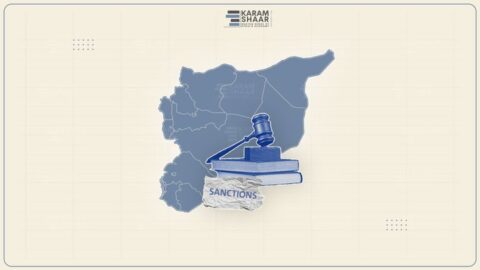The new issue of Syria Sanctions Monitor by Vittorio Maresca di Serracapriola and Natasha Hall traces a decisive shift in Washington and beyond. Syria’s decade-long isolation is shifting, with sanctions now being recalibrated across legislative, financial, and multilateral fronts.
September–October 2025 witnessed unprecedented moves:
Senate Action — The FY2026 National Defense Authorization Act (NDAA) includes full repeal language for the Caesar Act, pending final House review.
OFAC Overhaul — The Treasury renamed its framework the Promoting Accountability for Assad and Regional Stabilization Sanctions Regulations, removing Syria from the list of comprehensively sanctioned jurisdictions.
UN Delisting Proposal — A U.S.-drafted Security Council resolution would lift asset freezes, ease arms-transfer limits, and remove Sharaa and Interior Minister Khattab from UN sanctions lists.
Private-Sector Re-entry — Mastercard signed an MoU with Syria’s Central Bank; Apple, Samsung, Zoom, and Meta resumed operations after U.S. export-control changes.
UK Delists HTS — London removed Hay’at Tahrir al-Sham from its terrorism list to enable direct coordination with interim authorities.
State Sponsorship of Terrorism Review — A six-month review of Syria’s State Sponsor of Terrorism status is underway, paving the way for delisting early next year or sooner.
Why it matters
For the first time since 2011, Washington and its allies are dismantling—not just adjusting—their sanctions architecture on Syria. The combined legislative, regulatory, and multilateral actions could mark the transition from a regime of isolation to one of conditional economic reintegration. The decisions now pending in Congress and the UN will determine how quickly Syria can reconnect to global finance and trade.

